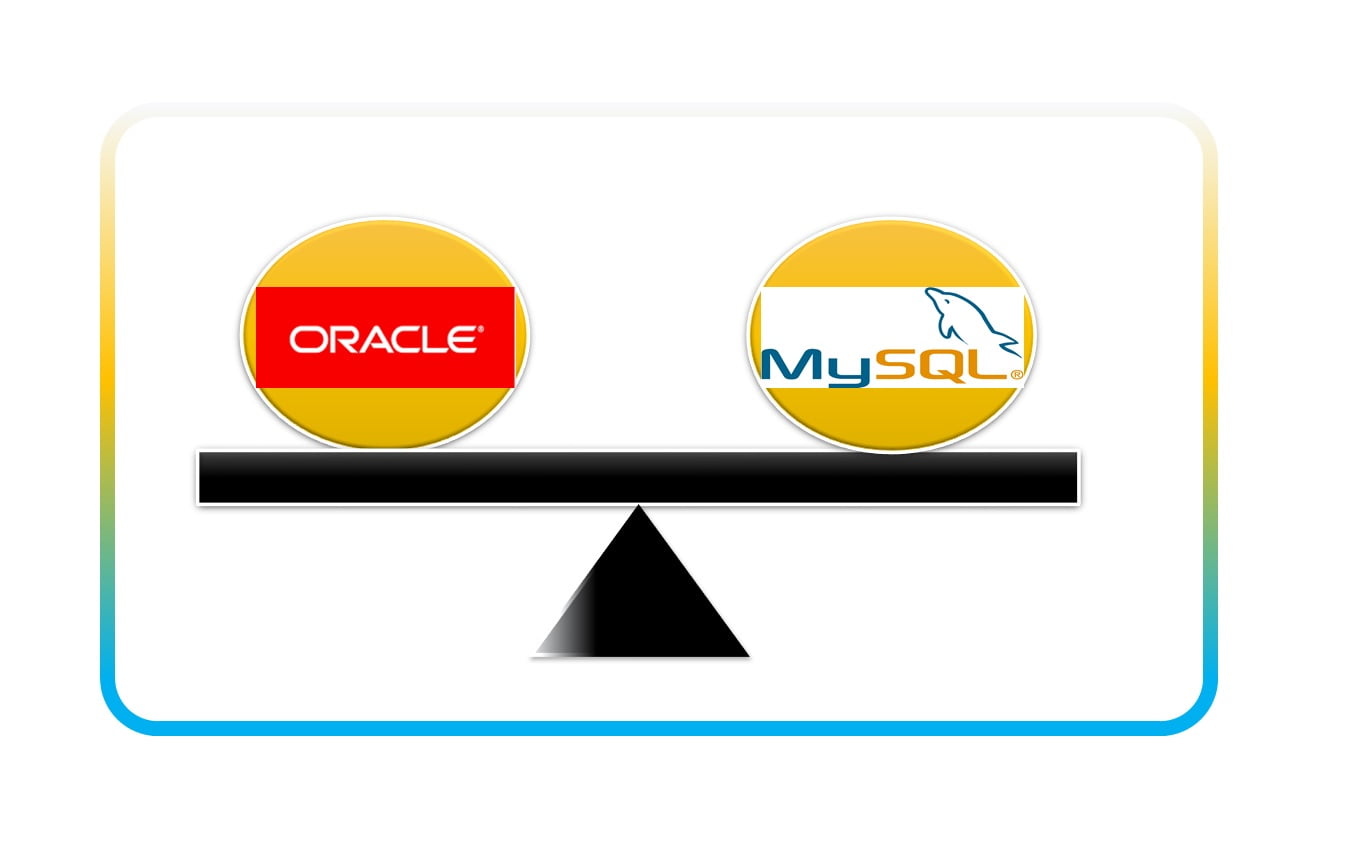Table of Contents
Despite the uncertainties surrounding the future of Terraform after IBM confirmed its plan to acquire HashiCorp, the popular infrastructure-as-code tool remains relevant and popular. Users continue to perceive it as one of the best ways to manage and deploy cloud infrastructure, and they are hoping for Terraform to make an open-source comeback.
Terraform is notable for its declarative language, intuitiveness, and efficient automation of infrastructure provisioning. However, some users tend to overlook Terraform’s capabilities in managing and manipulating data for complex infrastructure management, with its ability to handle dynamic data and create adaptable systems with the help of Terraform functions.

The Utility of Terraform Functions
Terraform functions are built-in features that simplify the management and handling of data used in configurations. They provide a versatile and efficient way to deal with data, especially in complex configurations. These functions allow users to execute seamless infrastructure provisioning and data transformation through the splitting and concatenation of strings, data type conversion, tag merging, conditional logic implementation, and the generation of timestamps.
Essentially, Terraform functions serve as readily available helpers when working with data in configurations. They provide a convenient way to perform calculations, manipulate strings, and control the flow of configuration logic. They enable Terraform code adaptability, which is important for organizations with a sprawling infrastructure that is becoming increasingly sophisticated.
This post is not going to be a comprehensive discussion about all Terraform functions. Instead, it serves as a brief Terraform Functions guide, sharing some examples of functions for optimizing the management of data in IaC configurations – particularly when it comes to data merging, dynamic resource naming, conditional logic, and template rendering.
Simplifying Complex Data Structures with ‘merge()’
Data structure complexity is quite common in IaC management, as there are many interdependencies and relationships to deal with. Also, nested maps and lists can pose readability and maintainability challenges.
To simplify these complexities, the ‘merge()’ function can be used to bring together multiple maps or lists. This merging is especially helpful when dealing with configuration overrides.
The ‘merge()’ function combines environment-specific settings into a base configuration, resulting in a simpler code. It supports the Don’t Repeat Yourself or DRY approach in creating configurations to make them less prone to errors and considerably easier to manage.
Naming Resources Dynamically with ‘format()’
Consistency is a must in any infrastructure, especially when it comes to the names of resources whose existence or configurations are dependent on runtime conditions. These dynamic resources are playing an increasingly important role in modern infrastructure management approaches, which emphasize adaptability and scalability.
As such, it is important to establish naming conventions. For this, it is a must to learn how to use the ‘format()’ function. This function makes it possible to create dynamic resource names based on a specific name format appended with data from existing variables. For example, a resource name can be generated based on a predefined prefix followed by the instance type and a running count index.
Dynamic resource naming with the ‘format()’ function not only results in automatically generated unique resource names. It also produces names that are descriptive or indicative of what the resources are about – not random names that make no sense to those who examine the configurations.
Using ‘coalesce()’ to Conditionally Assign Values
Conditional logic refers to the status-based execution of different code blocks and the creation of resources. This is important in IaC management, because of its role in creating dynamic and adaptable configurations for infrastructure. Conditional logic is often used to enable or disable features based on flags, deploy environment-specific configurations, ensure the correct order of dependencies, and assign default values.
The ‘coalesce()’ and ‘lookup()’ functions are not often associated with conditional logic. However, they can be used to write conditional expressions useful in assigning default values in configurations. The ‘coalesce()’ function is used to list a sequence of sources of values and return the first non-null value from the sequence.
Meanwhile, the ‘lookup()’ function is used to find a value from a map based on a given key. Together, the ‘coalesce()’ and ‘lookup()’ functions can be used to assign default values without hardcoding them.
Rendering Templates with ‘templatefile()’
The ‘templatefile()’ function enables the generation of dynamic content based on templates. It is a valuable tool for creating complex configurations that involve variable data. The function returns a rendered template, wherein placeholders are already substituted with the provided values.
In other words, the function injects variables into template files. This convenient rendering of templates helps in building modular infrastructure because the generated templates can be used repeatedly across multiple modules or projects.
Also, complex logic can be encapsulated into templates to simplify the main configuration.
Maximizing Data Management Capabilities
Again, the discussions above about leveraging Terraform functions to efficiently manage data in IaC are not exhaustive. These are just four use cases that demonstrate how the functions can considerably augment data management. There are many other functions worth exploring, including ‘abs(),’ ‘ceil(),’ ‘max(),’ join(),’ ’flatten(),’ length(),’ ‘merge(),’ and ‘setproduct().’
It is important to have a thorough understanding of the different data types to avoid errors. Terraform functions do not have built-in mechanisms to determine if they are dealing with the right kind of data to process. It is the responsibility of the IaC team to use the right function for the right data.
Additionally, it helps to leverage local values to save the immediate results and create a Terraform code that is easier to manage. It is also crucial to be mindful when chaining functions (the use of more than one function), to avoid using code that’s hard for humans to read.
In Summary
Terraform functions empower the streamlining of IaC workflows and the efficient handling of data used in configurations. It enables the precise manipulation of data, implementation of dynamic logic, and ultimately the deployment of scalable and easily maintainable infrastructure. It takes more than familiarity, though, to take full advantage of Terraform functions. It is important to invest time and resources to master the functions and enhance data management.
Continue Reading:-
Top 50 Terraform Interview Questions
ABOUT THE AUTHOR
IPwithease is aimed at sharing knowledge across varied domains like Network, Security, Virtualization, Software, Wireless, etc.



